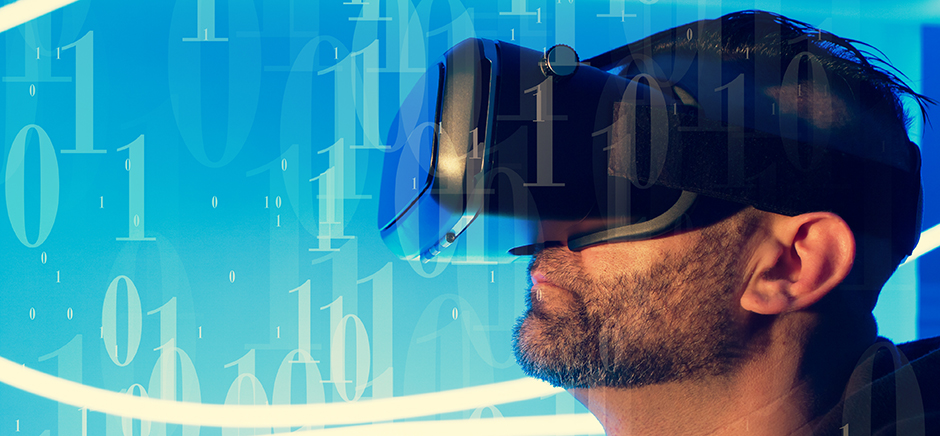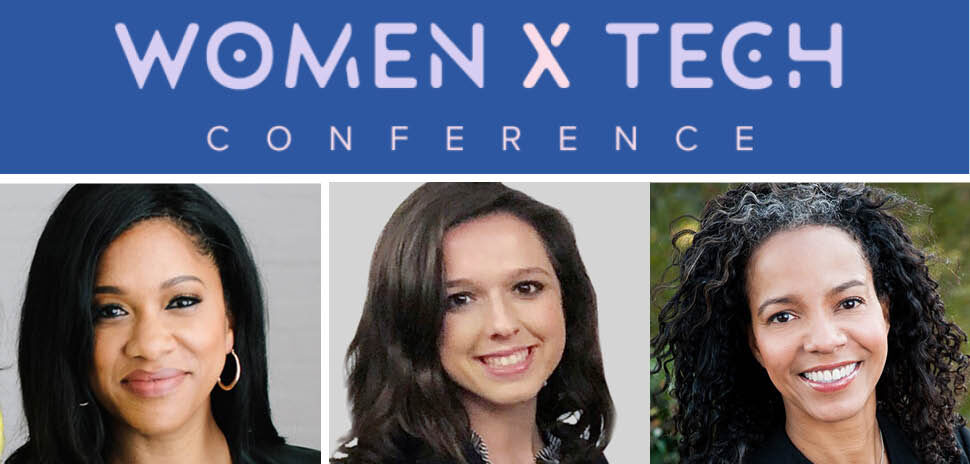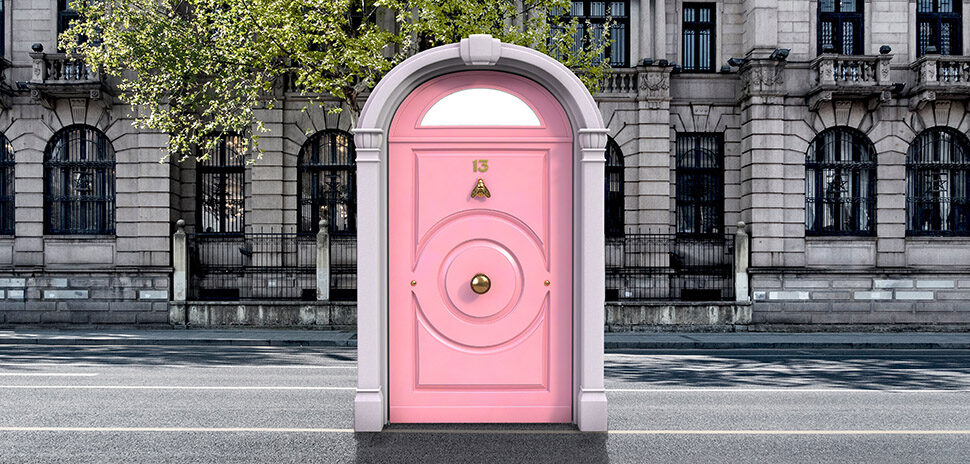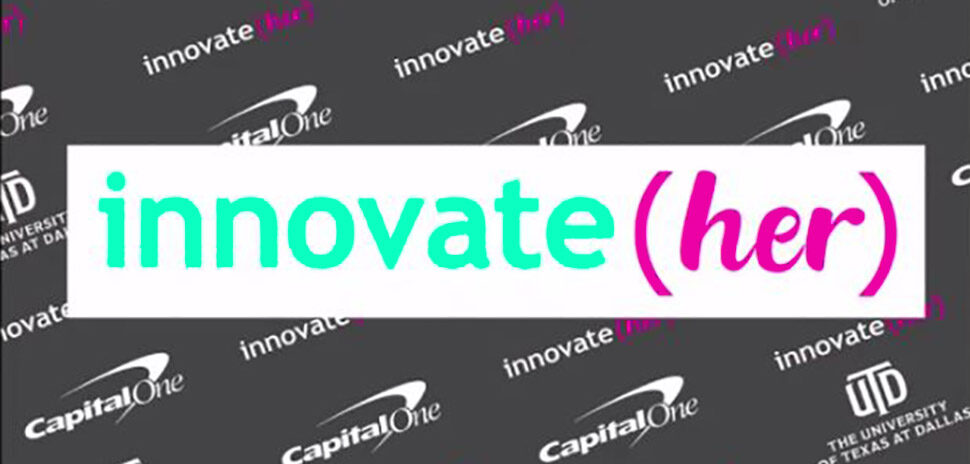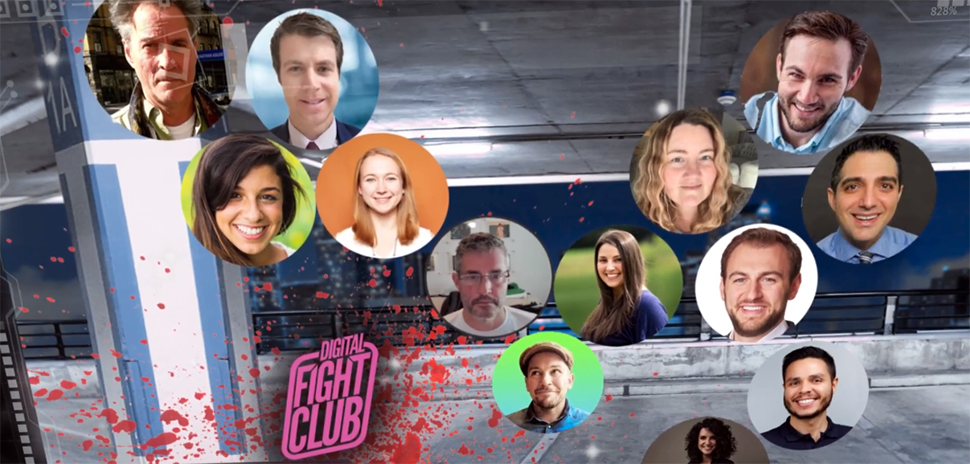The latest in virtual reality technology was on full display at the Retail Innovation Lounge event this week.
Strapping on the HTC Vive goggle and ear phones immediately placed users inside a fully interactive digital kitchen.
Then, they grabbed the hand controllers and, with a little practice, could start picking up an apple or grab a beer that’s on the counter. They could even open the oven and pull out a pizza.
The hand controllers can launch items across the room where they would bounce off the counter, the wall or out the window with realistic physics.
SHOWING OFF VIRTUAL REALITY
The software that created this digital environment was created by Groove Jones, a Dallas-based VR company that’s working with clients such as Nestle, McDonald’s and Kaiser Permanente.
Groove Jones was just one of the many tech companies on display at the Retail Innovation Lounge event this week at the Dallas Entrepreneur Center.
Dan Ferguson, executive vice president of digital interactive for Groove Jones, said the opportunity to try out this technology is a “once in a lifetime activity” now but within a few years it will reach mass adoption.
“The technology has gotten so good now that it really does trick your lizard brain and you have an instant reaction to it.”
Dan Ferguson
“The technology has gotten so good now that it really does trick your lizard brain and you have an instant reaction to it,” Ferguson said. “It happens without you knowing it.”
First, the price needs to come down. The HTC Vive costs $800 and must be tethered to a computer that costs $3,000.
A cheaper option attaches a mobile phone to goggles and uses that to project virtual reality but the graphics and capabilities are limited, Ferguson explained.
But the great news is that the options are limitless and the experience can be updated on the fly because it’s just software. They’ve built Nestle popup stores around the country that show an immersive history of the history of the chocolate and how they are made.
Groove Jones also did a special display at Comicon that put viewers right in the middle of the past several seasons of American Horror Story. It allows them to experience the show’s scariest moments firsthand.
Ferguson predicts that in the future, homes will have a VR showroom, similar to the Holodeck on the Star Trek television show.
“They’ll walk around, they’ll be able to shop down aisles, pick things up.”
Dan Ferguson
“They’ll walk around, they’ll be able to shop down aisles, pick things up,” Ferguson said. “It’s going to happen, I guarantee it.”
Another company that’s using VR effectively is Six Flags, which is installing virtual reality rollercoaster experiences at its parks around the world. It takes a “past its prime” rollercoaster and gives it new life.
“They were first to market and they crushed it,” Ferguson said.
It makes sense now but recognizing the potential opportunities for VR is a challenge and forces people to think differently.
“It’s not that hard once you see it, you realize, ‘Oh, that makes sense,’” Ferguson said.
Delivering what’s new and next in Dallas-Fort Worth innovation, every day. Get the Dallas Innovates e-newsletter.

